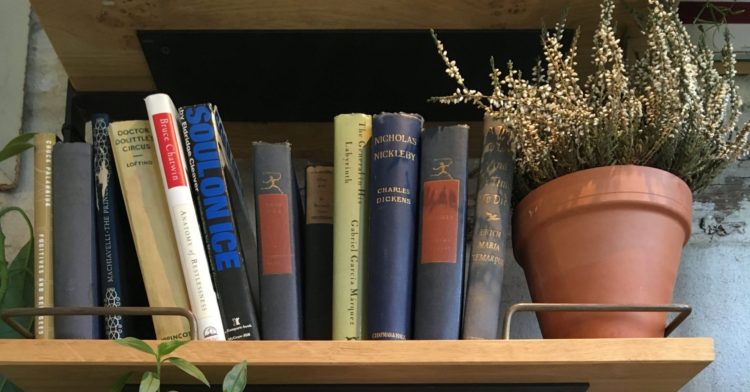Reading time: 2.5 minutes
Why read like a writer?
Writers read the way dry earth absorbs rainfall. Reading sustains them. What exactly does reading provide? Avid readers gain four valuable capabilities:
More detailed descriptions of a problem, an event, a movement, an argument or a point-of-view
Depth helps the reader draw conclusions about a topic’s significance.When it comes to writing about the topic, this depth gives the reader a wider choice about what aspects of the topic to skip, summarise, or deliver in detail with sustained attention.
A clearer grasp on divergent points of view of the topic
Considering divergent views can help a reader forge an informed perspective adopting one or synthesising several.
Fluency in written forms
I believe we read as much with our ears as with our eyes. The more often we immerse ourselves in written language, the more attuned our ear is to different registers. We can use this to adjust the ways we express our thinking, fitting the form we adopt to the context.
A wider frame of reference
Often, we encounter information and insights in a narrow frame. In our reading, we may find familiar themes and topics appearing in unexpected ways. The interplay of familiarity and distinctiveness enriches us.
-
‘How can I read like a writer?’
Four strategies will have any student reading like a writer.
First, summarise for yourself why a source is relevant or significant. This is the opposite of ‘disposable reading,’ when a source is discarded as soon as a reader has skimmed it. Summarising allows you to reference the work confidently, secure that you know its principle points and can use them in your own discussions.
Second, whilst reading, notice and note the points where you disagree with the source. Nodding along is easy, and sometimes the works we read earn our agreement, which may be whole-hearted. Be vigilant, though, for false alignment; this is what happens when a hurried reader swallows an argument or description without thinking it through for herself.
Third, judiciously excerpt. This is essential if you want to selectively quote the source later. Copying down word-for-word, copying and pasting, using snippets, and highlights are all useful ways to identify excerpts. Remember, whichever tools you use, to note all the details of the original source (including the page number and, for websites, the date of access). A complete record of the source allows you to cite with ease.
Of course, direct quotes must be faithful to their source. Using square brackets and ellipses, you can cut and adjust a quote; but please, do not use these tools to misrepresent the author’s original point. Also, bear in mind your reader’s need for a smooth, uninterrupted reading experience.
Fourth, in articles, chapters and books you like, read the list of works cited. Mine the bibliographies to build up a list of further readings.
What next?
Taking these suggestions forward may lead you to:
- Scan the bibliographies of useful resources and asterisk entries that interest you.
- Collect the passages you’ve highlighted on current readings, for use in later assignments.
- Start an Evernote notebook or Milanote workspace.
- Buy a new notebook, adding a pen holder so that you’re always ready to jot.

